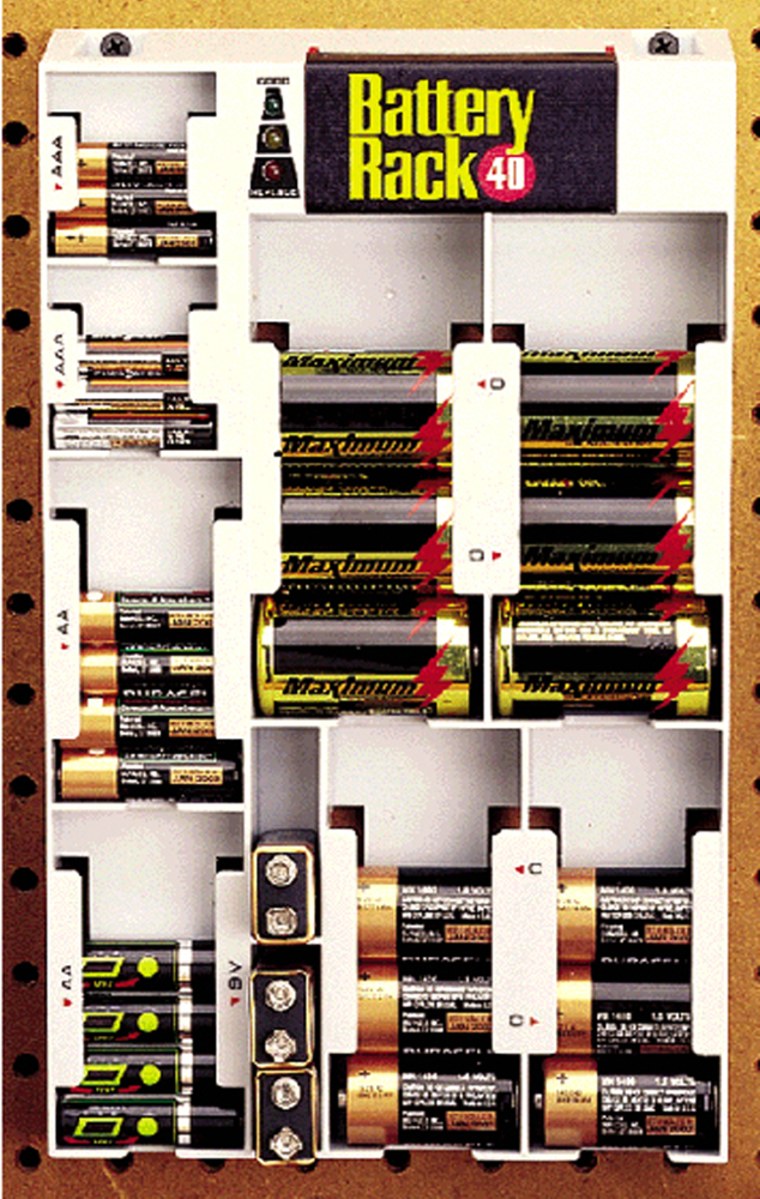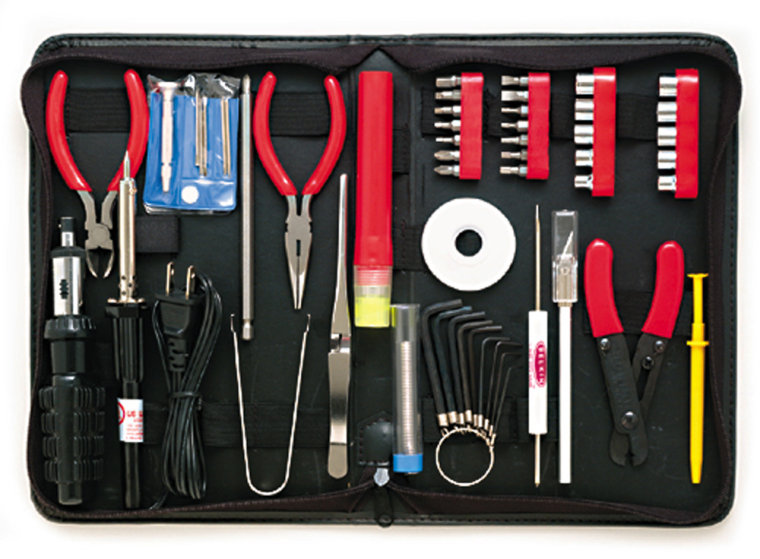In the early ‘90s I built a house in California and ran fiber-optic cable from the curb to a closet in the basement, where I confidently told friends I would someday install my "whole house server." At the same time I put an extra 220 volt circuit in the garage to charge my electric car. Thus far I’m batting .500 on futurist home design — no electric car yet, but we’re most definitely on the eve of whole house servers.
Of course, each computer user in the family will always want their own local storage, but it may also be convenient and secure to have a central server where archives and backups live permanently.
An early harbinger of the trend is Netgear’s Wireless Network Storage Adapter, which will support two USB hard drives and also includes an Ethernet port to connect to the outside world through cable or DSL modem. (If your home is wired for Ethernet, you could use the wired version of the same product and get much higher data transfer rates.) Whether wired or wireless, that means you could easily create a terabyte or more of storage that could perform automatic backup and archiving of every personal computer in your home. With the right software it could also become a central media server as well, so that photos, audio and video can all be consolidated in a single place.
One piece of software most appropriate for your whole house server is Nolo Press’ Personal RecordKeeper 5. This unassuming but exceedingly complete program easily organizes all of your business, financial and family records — investments, deeds and tax records, healthcare providers, subscriptions and so on right down to frequent flier miles. Once the data is in, it also includes tools that let you generate various reports, so you can do a home inventory, assemble all your family history and be prepared to claim insurance losses. The program takes some effort — what kind of organization doesn’t? — but it could be a weekend project that you will appreciate for years to come.
When it comes to maintenance and storage, another wise investment is an uninterruptible power supply — both for that basement network server and for each computer in the house. When the power fails, the battery backup gives you at least a few minutes to save your work before the screen goes dark.
Once fairly costly, UPS boxes have dropped in price so that for under $50 you can buy CyberPower’s 425VA back up system, which should be sufficient for a small personal computer. For larger systems, old-line UPS manufacturer APS offers a 1200VA system for a street price of about $149 — it provides 8 outlets, surge protection, and battery runtime of well over an hour.
When you’re down in the basement thinking about power, you might also consider a whole house surge protector. By now, everyone is aware that an increasing amount of household electronics — not just computers, but telephones, audio and video equipment — can be damaged by power surges during storms or brown-outs. So why not take the whole house approach?
Companies like Intermatic, Leviton and Panamax all make high capacity surge protectors that mount right where your electrical service enters the house, and thus protect everything in your home from surge damage. While surprisingly inexpensive — ranging from a bit under $100 to $250 or so, depending on features and capacity — these should be installed by a licensed electrician. (These don’t protect against lightning-induced surges that might come in via telephone or cable lines so you’ll need to add those individually upstairs.)
Finally, there’s the basement workbench: repair central. The new digital world requires some new tools, and you might start with Belkin’s 55 piece tool kit, in its own zipper pouch. The kit, which lists for $58.99, includes just about every tool you’ll need for computer or other small electronics repair, including a small soldering iron. (The tools are also all demagnetized, lest you accidentally erase something on your hard drive.)
A good complement to those tools is a simple multimeter to measure voltage and resistance — making it simple to check whether a circuit has power or if a connection is shorted or open. Radio Shack’s 22-223 multitester at $25.99 is a good and versatile choice with an easy-to-read analog meter.

Of course there’s one digital item dependably in need of repair in most households: balky or skipping CDs and DVDs. This is a controversial business and many hours are spent online arguing over which fix-it kits really work. The issue is muddied by the fact that many scratched discs simply can’t be repaired in the first place — and that many other apparently ruined discs can simply be “repaired” with some soap and water. But for a semi-professional approach to the problem, look at Aleratec’s Disk Repair Plus, a $39.99 motorized cleaner that includes three different kinds of cleaning and repair options.
Finally, we can’t leave the workbench without a nod to the crude oil of the digital revolution: batteries. Smarthome.com offers the $14.99 Battery Rack 40 which will hold up to forty batteries ranging from AAA to D, and also includes a simple battery meter for testing. If you’re feeling flush, for another fifty dollars or so, Smarthome will even ship it with a full set of fresh batteries. And that should be more than enough to power your digital life for at least another month or so.
